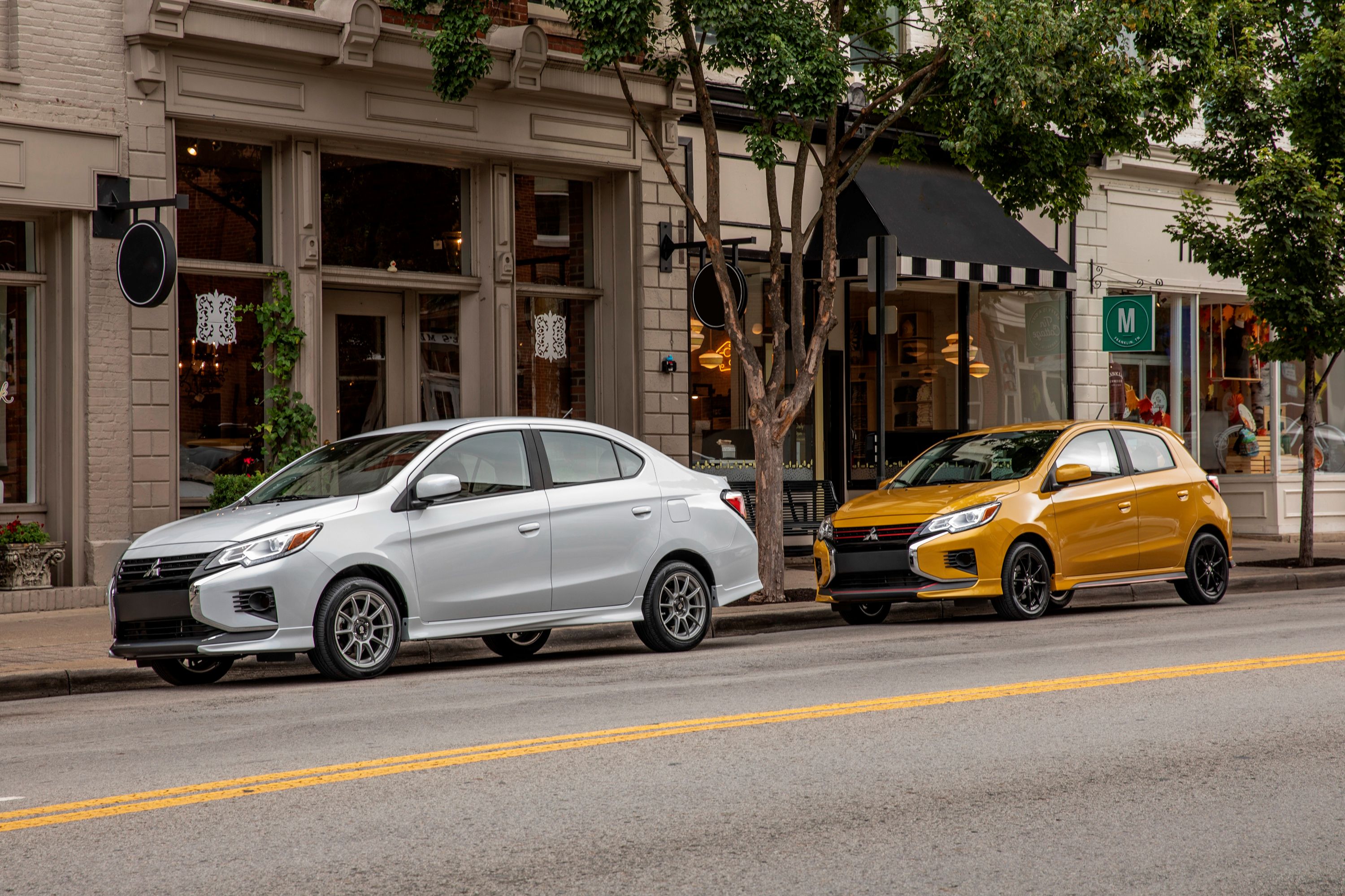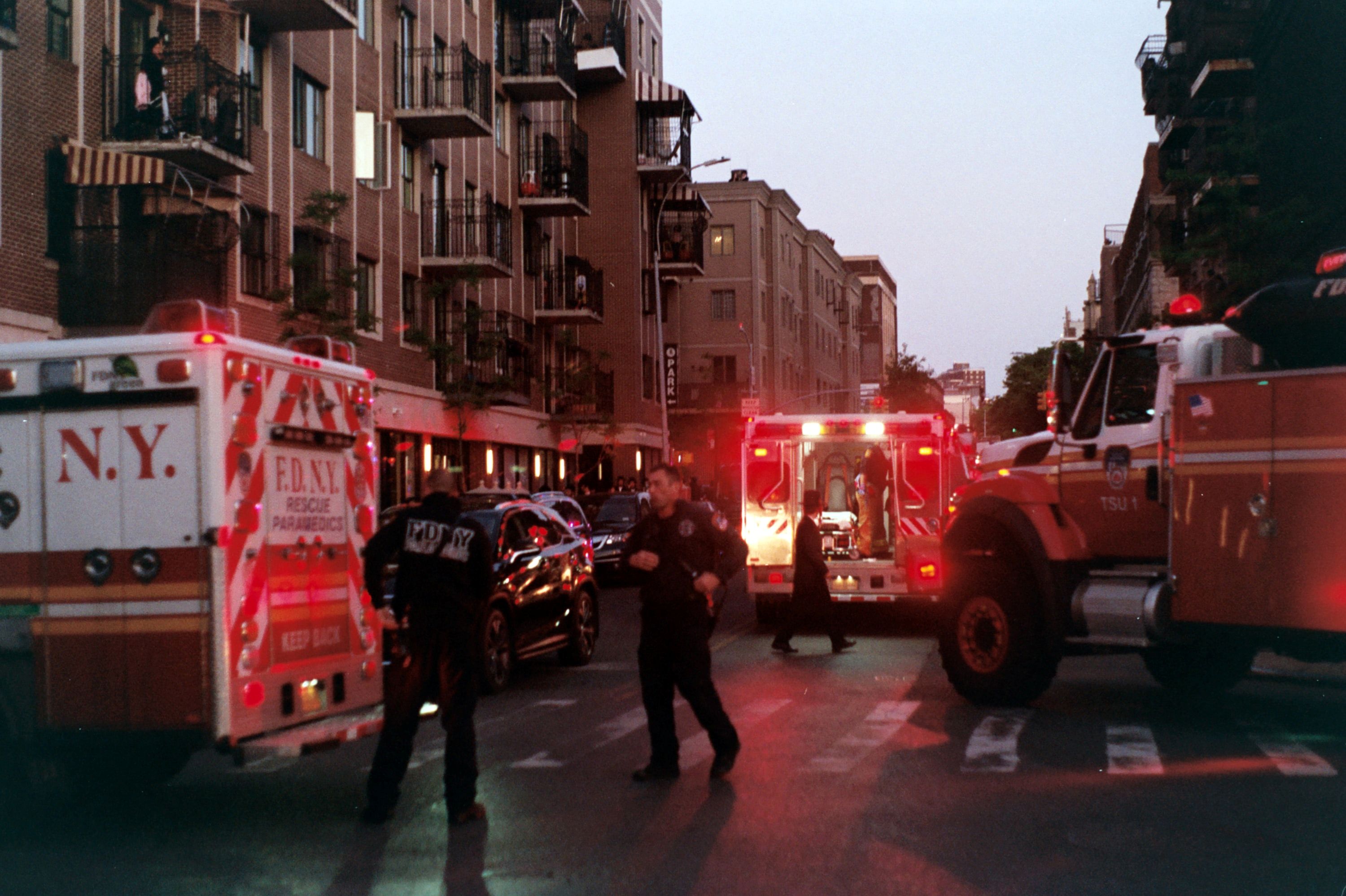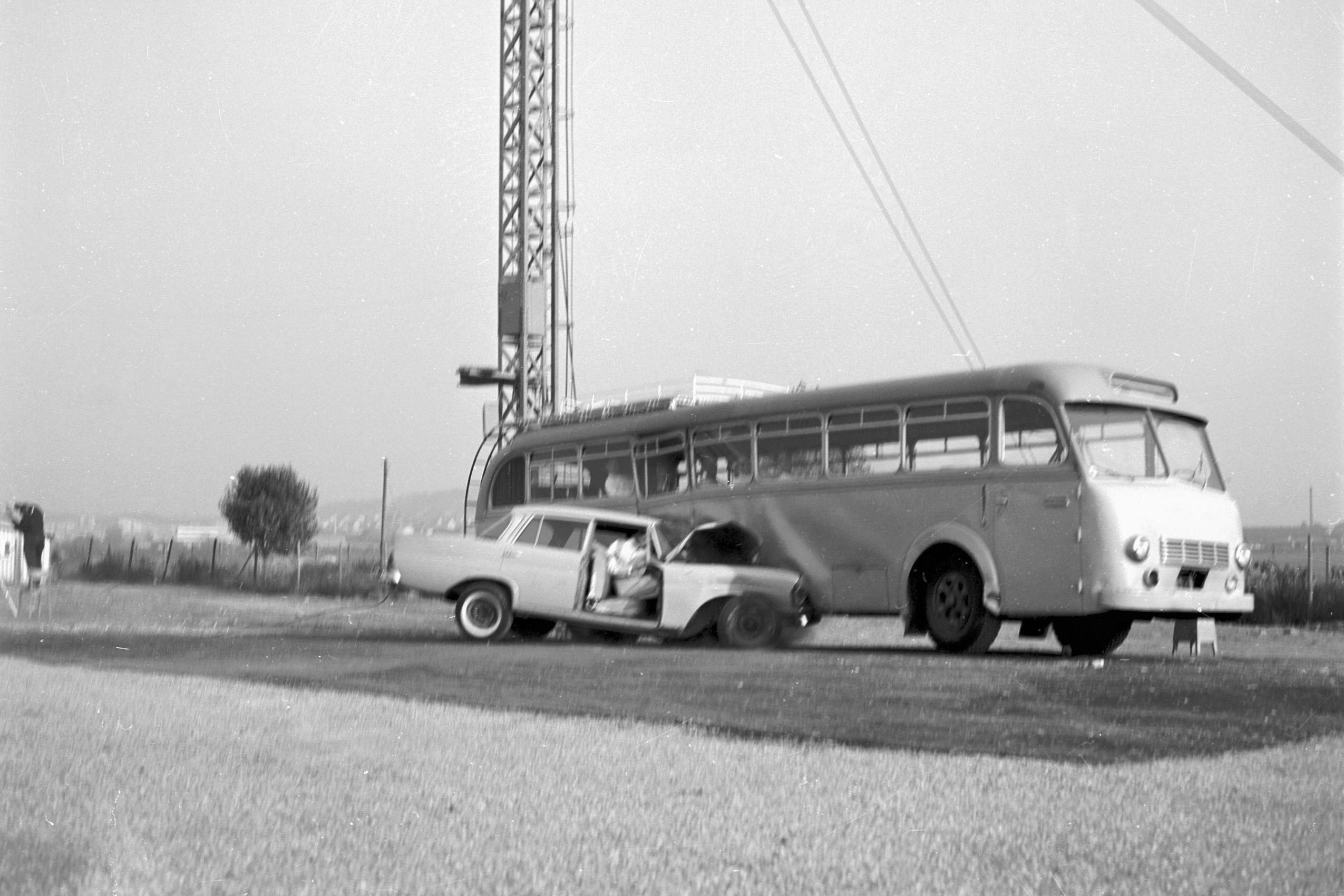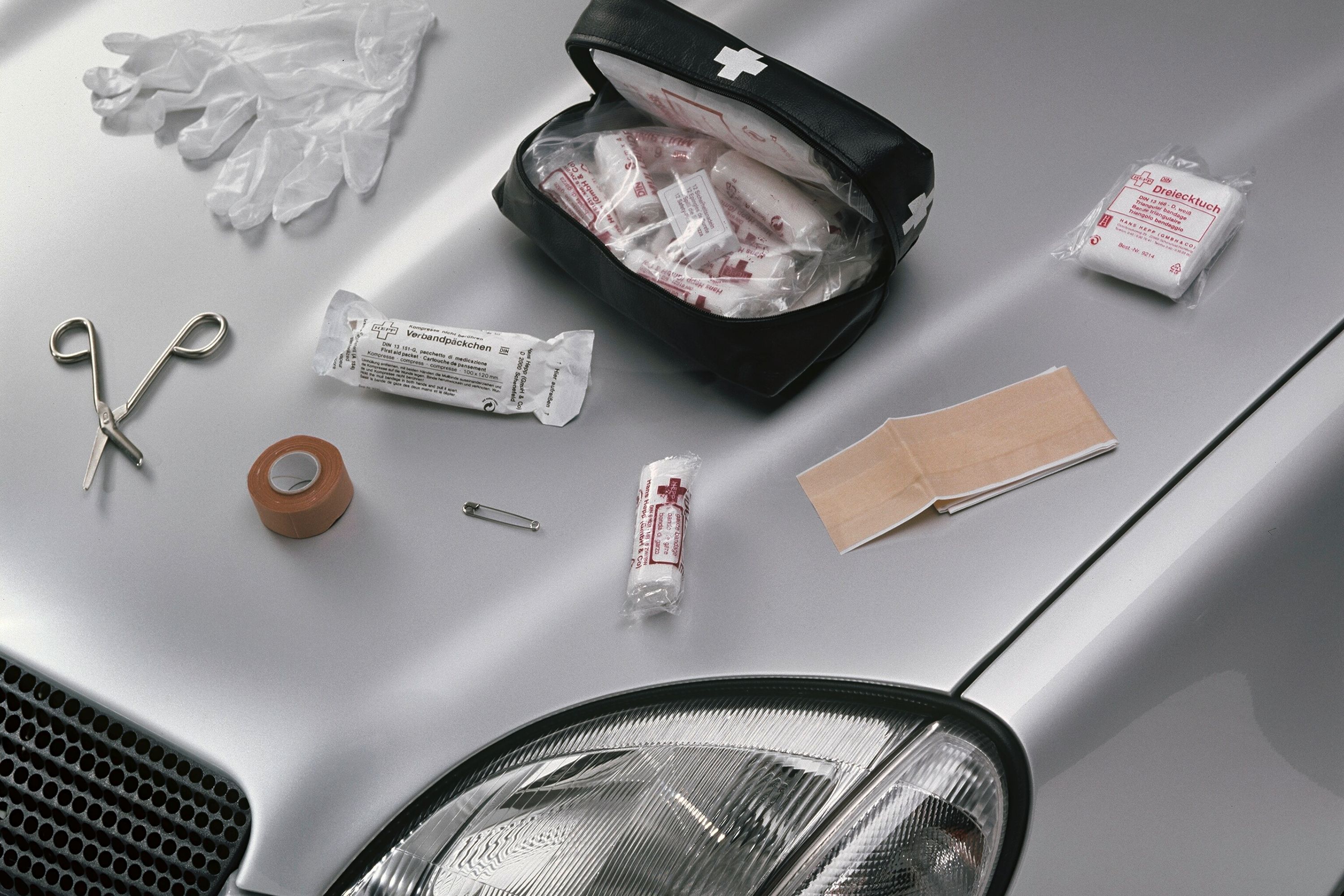
Statistics show that almost 40,000 people were killed in the USA in 2019 as a result of a car accident or traffic collision. With around 280 million vehicles on the roads and nearly 230 million licensed road users in the US, this is hardly surprising. It also means that, sooner or later, you might be in a road-traffic accident yourself, or be witness to one. Accidents happen for many reasons, whether it's reckless or negligent driving, mechanical failures, bad weather, or driving on icy roads. And whether it's a car accident on the highway or a bicycle crash, you may need to help. What should you do if you happen to be the first on the scene of a roadside accident?
If You’re First on the Scene at a Road Accident or Collision in Traffic:
If you happen to be first on the scene of an accident, how to control traffic around a road accident becomes imperative for numerous reasons, not the least of which is ensuring emergency services can access the scene to help and potentially save lives. This also means you are able to manage the prevailing risks. Here are the steps to take immediately:
- Park your car. Park your vehicle safely by the roadside and out of the way of traffic and switch your hazard lights on. If you have high-visibility jackets or clothing, get these on as quickly as you can.
- Assess the accident scene. Make sure it is safe to go onto the accident scene. You must ensure your safety first if you are to help anyone else.
- Alert traffic. Alert any oncoming traffic that an accident has taken place, especially in cases of high-speed traffic or poor visibility, such as fog - if you have a flashlight handy, wave this around to get the attention of other motorists. Ideally, other drivers would assist you to warn road users from all directions of traffic. Remember, everyone working on the scene should be safe and protected first.
- Attend to the accident vehicles. Depending on the situation, you might have to stabilize vehicles by switching off their ignition and applying their parking brakes. You might even have to disconnect their batteries to reduce the risk of fire, especially if there is spilled fuel - but disconnecting terminals shouldn't take precedence over attending to casualties first.
- Get help. Call emergency services or direct bystanders to do so, and give them a summary of the basic conditions at the scene while you attend to those who were involved in the accident.
Basic First Aid After a Road Accident
Once the traffic flow around the accident scene has been managed to ensure you can safely access those involved, there are some steps to follow to help. Tips to remember if you're called on to provide first aid after a road accident:
- Assess the injuries. Do a quick initial survey to gather information. Determine who is injured and treat the gravest injuries first - a general rule of thumb is that anyone crying or screaming is able to breathe. Attend to the quiet ones first. Check the general area around the scene for passengers who may have been ejected from the cars, or pedestrians that may have been knocked over.
- Moving victims. Always assume that any of those involved in a car accident could have spinal, head, or neck injuries that may not be visible - don't move injured people unless they're in clear danger of oncoming traffic, flood, or fire. If you have to move someone, try to support the head and neck as you do so, and rather get someone to help you to do this if there is time.
- Listen: As mentioned before, victims not making a sound could either be unconscious or not breathing, so get to them first - if they are unconscious but breathing, make sure they are in a position to keep the airway open. If an accident victim is not breathing, check for any obstructions in their mouth or throat and clear their airway. Move them into a position that will allow to you perform CPR, and start resuscitation immediately. You can check for a pulse too, but prioritize breathing/compressions. If you don't know how to do CPR, find someone who does.
- Bleeding. Apply continuous pressure to bleeding wounds with a clean cloth or pad, or get bystanders to assist you if you are performing CPR.
- Temperature. Those who are conscious and don't require CPR should be kept warm - shock usually sets in quite quickly, so cover them with a blanket or items of clothing.
- Monitor. Keep monitoring the injured as best you can with the help of fellow motorists, as well as talking to the victims calmly. This will help them not to panic while you await ambulance services. Try to remember the course of events to report to emergency services when they arrive - a concise summary of what happened, any interventions made, who you moved, who needed CPR, and any serious injuries noted will speed up the process of getting victims treated.
- Space. Once paramedics are on the scene, give them the required space to work unless instructed otherwise (for example, you may be asked to keep pressure on a wound while they work). Defer to the experts immediately, but hang around to provide information once all victims have been stabilized.
If you have been in a car accident yourself, the first thing to do is check yourself thoroughly - are you able to move, do you feel any injuries, and can you call for help? Draw the attention of bystanders, and try to remain calm so they can best assist you. If you are not injured, follow the steps above to assist those who may be.
What to Have in Your Car in Case of a Road Traffic Accident
Although no one expects you to carry a fully-stocked medical kit in your car, or to have a trunk full of emergency equipment, it's always good advice to keep a few essential items in your car in case of emergencies. A quick summary of what you should keep on hand and make use of in such emergencies includes:
- Basic first-aid kit with bandages, at the very least
- Flashlight
- Portable fire extinguisher
- Multi-tool or pocket knife
- Warning triangle
- Latex gloves
Conclusion
Those who have had the responsibility thrust upon them of being first on the scene of a vehicle crash know that this is no easy situation to deal with. Most often these are highly stressful, grave situations with so much happening at the same time that it is easy to get flustered and freeze up entirely; most importantly, remain calm and try to think through the logical steps provided above. If you are able to help, you could be the difference between life and death - remember, everyone benefits from doing First Aid training and learning the basics of CPR.



